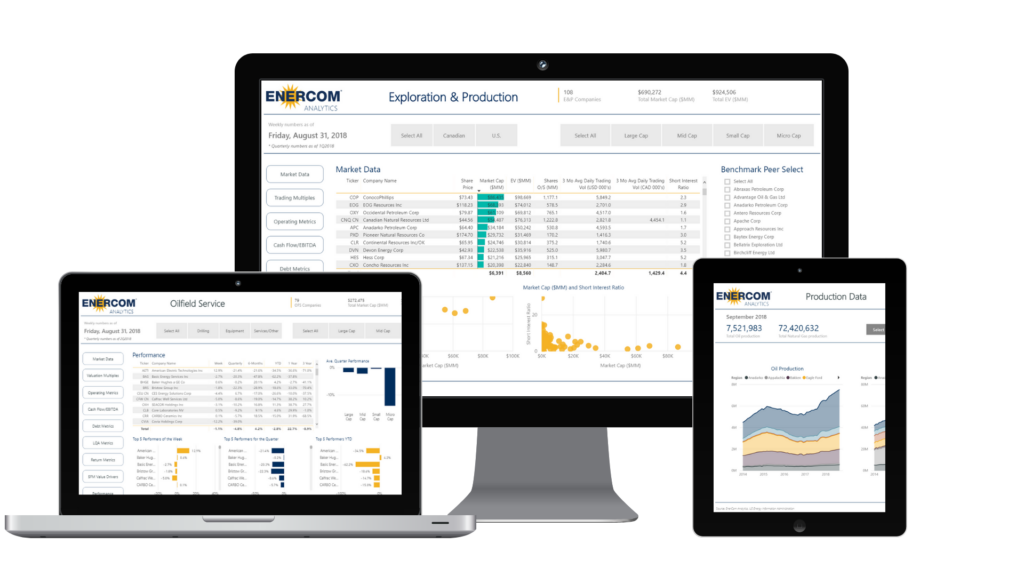210-420 Bcf recoverable not enough in Barents Sea
Statoil (ticker: STO) reported the results of its first well in the Korpfjell prospect, an exploratory well in the Barents Sea.
The Korpfjell prospect is a large structure in the Norwegian section of the Barents Sea, well within the Arctic Circle. According to Lundin Petroleum (ticker: LUPE), which holds a 15% stake in the prospect, the project could contain more than one billion BOE gross. The structure is three to four times larger than Johan Sverdrup, one of the largest fields on the Norwegian continental shelf.

However, the first well drilled into this prospect has not lived up to expectations.
The exploratory well encountered gas, indicating 210-420 Bcf of gas recoverable. While this result might trigger development in some areas, gas commercialization in the Barents Sea would be very difficult. The closest land to the prospect is the tiny island of Hopen, 250 miles away. The northernmost tip of Norway is nearly 260 miles away, meaning developing a gas prospect would be a significant endeavor. With this in mind, Statoil and its partners will plug and abandon this well and analyze the data collected.

Statoil’s head of exploration in Norway and the UK extensively discussed the results of the well, saying “We have all the time pointed out the high level of geological uncertainty related to Korpfjell. The main question was whether we would find anything at all – and if we did, would it hold gas or oil.
”Korpfjell is a structure of a size seldom seen on the Norwegian Continental Shelf and has attracted much interest, and the results of the first well in this frontier area of the Barents Sea have triggered broad and strong expectations. For this reason, it has been important to us to complete this drilling.
“The results are of course disappointing, but it is too early to draw any conclusions on how this will impact the Barents Sea southeast area.
“It is important to remember that you rarely succeed on the first try in a frontier area. Thirty-three wells were drilled before the first commercial discovery was made in the Norwegian section of the North Sea. Even if we have learned a lot since 1969, we do not expect the first exploration well to give all the answers. We need further exploration to find out what this implies for the total resource potential of the Barents Sea southeast area.”


